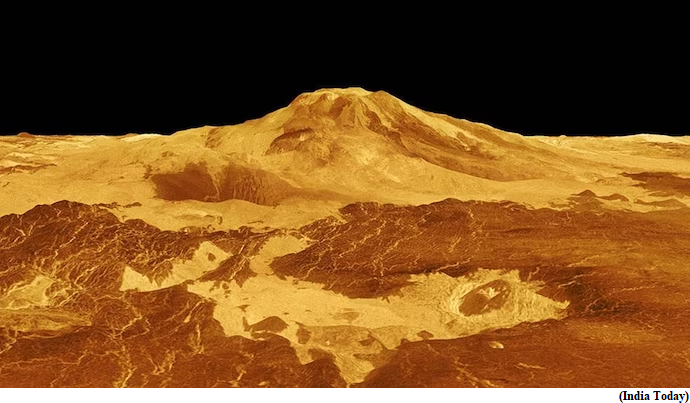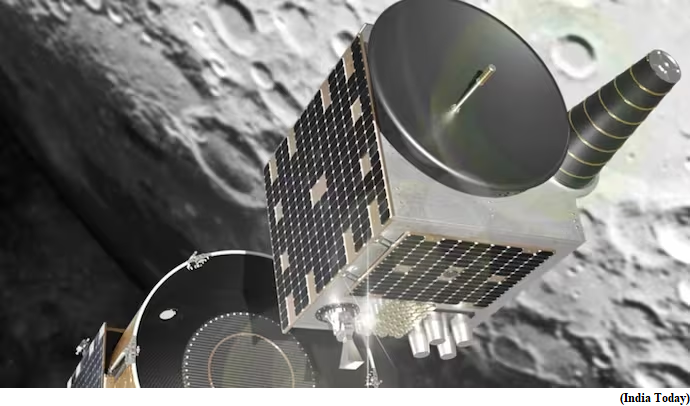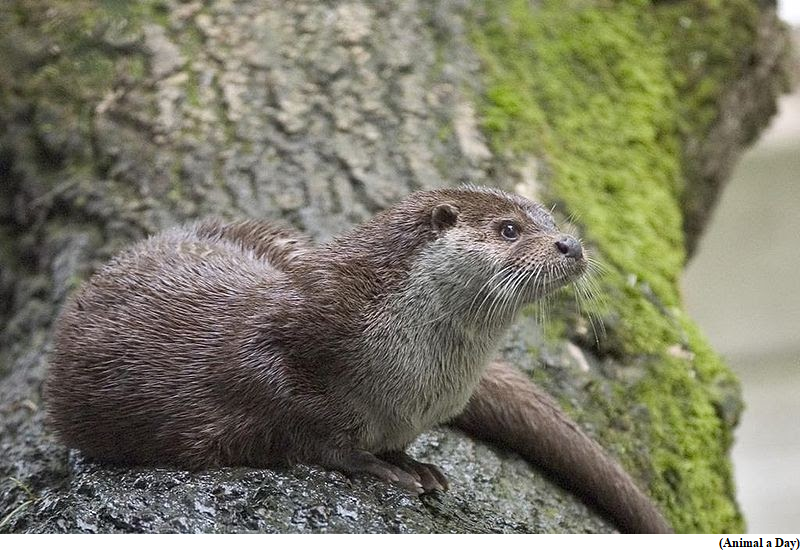Scientists find volcanoes erupting on Venus (GS Paper 3, Science and Tech)

Why in news?
- Recently, a new study has revealed the first evidence of volcanoes erupting on the surface of Venus, just as Earth.
- The new evidence has set the stage for the Veritas Mission, NASA will be launching to the Earth's nearest planet.
Magellan Mission:
- The discovery was made in the archival radar images of the planet by NASA’s Magellan Mission over 30 years ago.
- The images revealed a volcanic vent changing shape and increasing significantly in size in less than a year. Volcanoes are important to study as they are responsible for the churning happening under the planet.
Key Findings:
- The Magellan spacecraft imaged the planet’s surface using synthetic aperture radar, which has revealed the over two square kilometers volcanic vent that changed shape in the eight months between two radar images in Atla Regio, a vast highland region near Venus’ equator that hosts two of the planet’s largest volcanoes, Ozza Mons and Maat Mons.
- Data were recorded in overlapping swaths taken on the descending passes of the spacecraft’s highly elliptical orbit, such that a given surface location was imaged once per sidereal day as the planet rotated.
- Researchers found that a volcanic vent associated with Maat Mons changed significantly between February and October 1991.
- It had steep interior sides and showed signs of drained lava down its exterior slopes, factors that hinted at the activity. The same vent had doubled in size eight months later in the second image.
- Researchers created computer models of the vent in various configurations to test different geological-event scenarios, such as landslides. From those models, they concluded that only an eruption could have caused the change.
Way Forward:
- Two big missions are set to be launched on Venus; VERITAS and Europe's EnVision mission.
- The two missions will unwrap the secrets of Venus and how this once Earth's twin turned into the gaseous hell that it is today.
Firefly to deliver two missions to the far side of the Moon
(GS Paper 3, Science and Tech)
Why in news?
- Recently, the NASA has awarded a $112 million contract to Firefly Aerospace based in Texas to develop a lander that will deliver two payloads to the most inhospitable region of the Moon, the far side.
- The lander will also carry communication and data relay satellites for lunar orbit.

CLPS Initiative:
- The contract is part of the Artemis program's Commercial Lunar Payload Services (CLPS) initiative, an effort to deploy privately built lunar landers to study the moon's surface before people land there in the next few years.
Why far side of the Moon is focused?
Investment by NASA:
- Firefly, which reached orbit for the first time in October, had seen years of difficulty, including a 2017 rescue from bankruptcy by Ukrainian-born entrepreneur Max Polyakov's Noosphere Ventures.
- NASA awarded Cedar Park, Texas-based Firefly $93.3 million in 2021 to carry a suite of 10 science investigations and technology demonstrations to the Moon in 2023.
Way Forward:
- As part of the contract, Firefly will develop end-to-end delivery services, including payload integration, delivery from Earth to the surface, and the orbit of the Moon.
Research, Education and Training Outreach (REACHOUT)
(GS Paper 3, Science and Tech)
Why in news?

Sub-schemes:
It consists of the following sub-schemes:
- R&D in Earth System Science (RDESS)
- International Training Centre for Operational Oceanography (ITCOocean)
- Program for Development of Skilled manpower in Earth System Sciences (DESK)
The main objectives of the above sub-schemes are
Eurasian otter raises hope for J&K stream
(GS Paper 3, Environment)
Why in news?
- Recently, a trio of scientists from the University of Jammu’s Institute of Mountain Environment (IME) at Bhaderwah camera-trapped three Eurasian otters (Lutra lutra); two adults and one sub-adult in the Neeru stream of the Chenab catchment.
- They are semi-aquatic carnivorous mammal.

Status of Eurasian otter:
- Since the Eurasian otter, classified as ‘near threatened’ on the IUCN Red List is regarded as a flagship species and indicator of high-quality aquatic habitats, its presence is encouraging for the health of the Neeru stream.
Study area:
- The study area is drained by the Neeru, a 30-km perennial stream that originates in the Kailash Lake at 3,900 metres above mean sea level and drains into the Chenab at Pul-Doda.
- The Neeru is a tributary of the Chenab River.
- Fed by 13 major tributaries, the stream flows through several small villages, semi-urban and urbanised areas, with Bhaderwah being the largest settlement.
Significance:
- Apart from putting an end to doubts about the animal’s presence in the upper Chenab catchment, their findings have confirmed that some stretches of the Neeru remain unpolluted.
- These stretches are away from human habitations and comprise stony beds and narrow valleys that are virtually unsuitable for sand and gravel mining, providing some hope for the otter’s survival.





